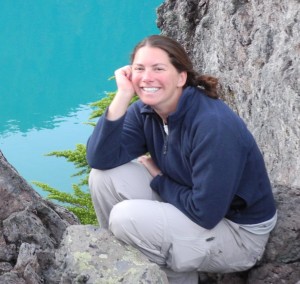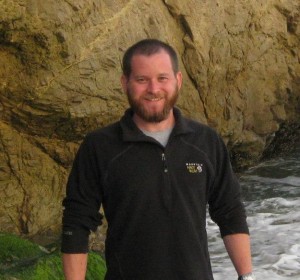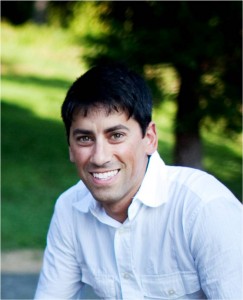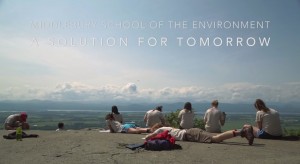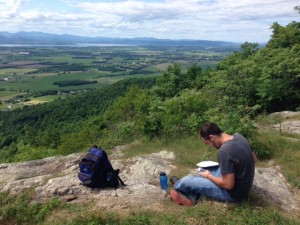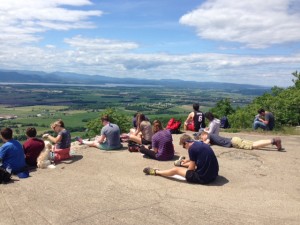This afternoon, under blue skies and bright sun, we held the official opening ceremony for the 1st Middlebury School of the Environment. Honored guests includes Ron Liebowitz, President of Middlebury College, Michael Geisler, Vice-President of Graduate and Special Programs (of which the School of the Environment is a part), and Nan Jenks-Jay, Dean of Environmental Affairs and the person who made sure that the dream of bringing the School of the Environment to life did not die.
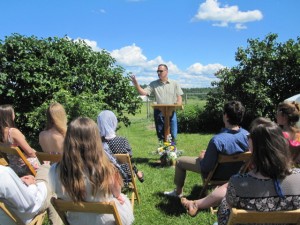 And, of course, the most honored participants of the ceremony, were the students. These were my comments to them this afternoon:
And, of course, the most honored participants of the ceremony, were the students. These were my comments to them this afternoon:
You already understand that you are a select group, the founding students of the Middlebury School of the Environment. This is an initiative 19 years in the making, building upon this college’s 50 years of commitment and excellence in environmental education.
I envy you. I have been privileged a few times in my life to have participated in the beginning of an initiative, and I know how powerful it is – years and miles down the road – to be able to claim participation and shared ownership of a true beginning. For this, you will always be able to say that you were among those who were the first.
But what, exactly, are you the first of? That will be revealed to you over the next six weeks as you engage with what lies before you, intellectually, emotionally, and somatically.
You are being called up to let go of any expectation you might have of engagement through modes that have unfortunately become too common in higher education today: modes characterized by passivity, characterized by expectations of being led, like boats bobbing in the water, to wherever the current takes you. The world has had enough of that, and you have chosen to come here this summer to prepare yourselves not simply for a life of the mind but for a life of meaning, to prepare yourselves to help change the world.
We invite you to be co-creators of your experience, to join with us in looking under the hood, if you will, of this experience. Not to critique it as a consumer would, but as someone intent on honing her or his skills at building something new and leading an initiative that you intend will make a positive change.
More than any other educational experience you’ve ever had, we invite your full engagement in making the structure of your experience part of your education.
At the risk of seeming to be a parody of Monty Python and the Holy Grail, here at the beginning of your time with the School of the Environment, I would like you to reflect on four questions.
The first question is: Where do you come from? I know the answers that you all would give if you were asked that in a traditional setting: Lake Forest, IL; Shelburne Falls, MA; Kabul, Afghanistan; Basalt, CO; Potomac, MD; San Francisco, CA; Bedford, NH; Conway, AR; Glenside, PA; Heyward, WI; Wilson, WY; Vienna, VA. But consider what the narratives are of those places, both the cultural and ecological, that led them to be what they are today. Consider what makes them unique, consider what connects them to the broader world, and consider their interconnections with the more-than-just human world. So consider the question: Where do you come from?
The second question is: Where are you now? You know that you are at a place called the Organic Farm, which is part of a place called Middlebury College. But what are the narratives of this place, what kind of system is it a part of, and what does it represent. Fundamentally, why did we choose this place for the opening ceremony? It was not chosen at random, but rather deliberately because it is a visual manifestation of an environmental system that you need to better visualize and understand. It is one that involves food, energy, transportation, ecological diversity, material cycles, water, the built environment, and human engagement all interacting through time. So consider how you need to train your mind and all of your senses to recognize these things wherever you find yourself in the future.
The third question is: Why are you here? I know from your applications that you come to this School for many personal reasons: to both deepen and broaden your education, to prepare for new career directions, and to gain the leadership skills you will require you to not simply to move forward into the world with knowledge, but to do so with the skills and confidence to do something wonderful with that knowledge. But as you engage with your time here, I hope you will continue to ask the question of why you are here, to both broaden and deepen your answer as you encounter things you have never thought of before. However, I do not want to burden you with unreasonable expectations, especially of your path in life, and I encourage you to always hold close to your heart the words of the poet Mary Oliver:
You do not have to be good.
You do not have to walk on your knees
For a hundred miles through the desert, repenting.
You only have to let the soft animal of your body
love what it loves.
And the final question is: Who do you wish to speak for? Being an adult, being a citizen, involves coming into yourself as a speaker for others, an advocate for rights, responsibilities, and aspirations that transcend simply your own, but those that encompass others who do not have your opportunities and abilities. For whom do you wish to speak? Your family? Your religious community? Your country? The oppressed? The dispossessed? Endangered species and ecosystems? Future generations? The choice is yours, but here at the Middlebury School of the Environment we encourage you actively to make the choice. And with such a choice you then see your true path and your true calling.
